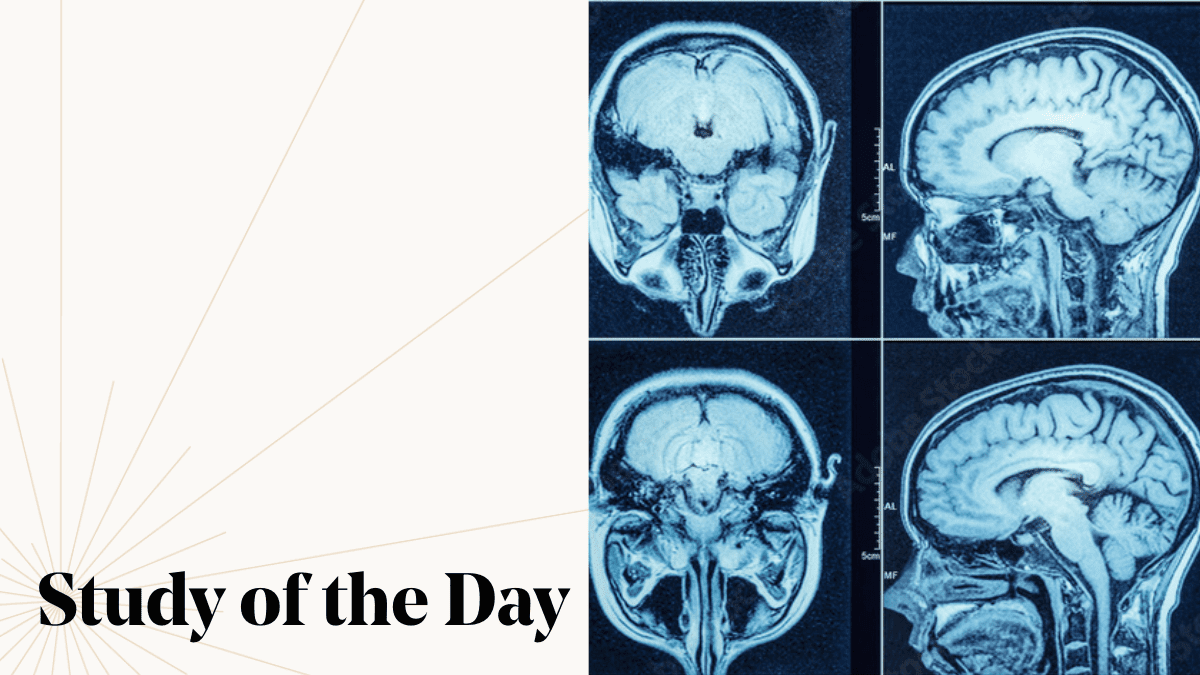In our Study of the Day feature series, we highlight a research publication related to a John Templeton Foundation-supported project, connecting the fascinating and unique research we fund to important conversations happening around the world.
Numerous cultures have versions of the classic story of humanity being formed out of clay by a deity. Whether it’s Prometheus in Greek philosophy, Khnum in Ancient Egypt, Obatala in Yoruba culture, or Raven in Alaskan Iñupiat mythology, there’s something compelling in thinking of ourselves as having once been as easily shaped as a clay figurine.
We are, of course, also sculptable in the present physical world, at least in certain ways. Exercise, diet, and medical interventions can all reshape our bodies. And whenever we sense things or learn things or think new thoughts, we are always adjusting the physical structure of our own brains, as neural connections are pruned or reinforced.
Whenever we change our minds, we also change our brains.
It’s something you can see happen in real-time with an fMRI scan: when you show a person novel items, you can see their minds at work as they learn to group them into categories, as each category lights up a corresponding pattern of active brain regions on the screen.
But what if you reversed the recognition process, starting with creating the desired fMRI pattern and working upwards to the ability to categorize? In the same way that a weightlifting regimen could prepare us to excel at a sport we’ve not yet played, perhaps the right mental work can sculpt our neural networks to prepare them for new experiences.
Recently, Coraline Rinn Iordan of the University of Rochester, along with colleagues at Princeton and Yale, ran a fascinating proof-of-concept experiment, in which they trained people to unconsciously build new neural representations to create mental categories suited to shapes they’ve not yet seen. Using live fMRI scanning, the researchers built a feedback loop to prompt the study participants to directly sculpt their own neural abilities.
To get the lay of the (mental) land, the study began by using live fMRI scans to examine people’s responses to an array of variously bulging two-dimensional shapes to create a map of which regions of their brains were activated by which shape features. Next, subjects were shown a single shape and told to “generate a mental state that will make the shape wobble less.” The researchers modulated the shape’s wobbliness to help them zero in on whatever they were thinking that was stimulating the targeted regions.
The subjects were then given assorted shapes to categorize. Most of the people who had undergone the training were shown to have created a category boundary that the subjects henceforth used to classify shapes.
In essence the subjects who received the training had sculpted their neural representations in a way that altered how they thought about shape categorization.
Iordan et al suggest that this form of feedback-aided neural sculpting could be used to influence and potentially enhance other forms of learning, memory, and even motor control. It’s not quite like the scene from The Matrix where new skills can simply be downloaded — the subjects still have to reconfigure their neural networks by doing mental work, but it’s work whose purpose is not obvious at the time.
In part because of this separation of category from topic, there is potential for the technique to help people change their brain patterns without having to directly think about difficult or traumatic topics. As such, the authors speculate it could one day be used to treat neuropsychiatric disorders, helping patients to sculpt specific areas of brain activity to mimic or increase alignment with healthy controls.
Still Curious?
Read Sculpting new visual categories into the human brain in the Proceedings of the National Academy of Sciences.
Nate Barksdale writes about the intersection of science, history, philosophy, faith, and popular culture. He was editor of the magazine re:generation quarterly and is a frequent contributor to History.com.
